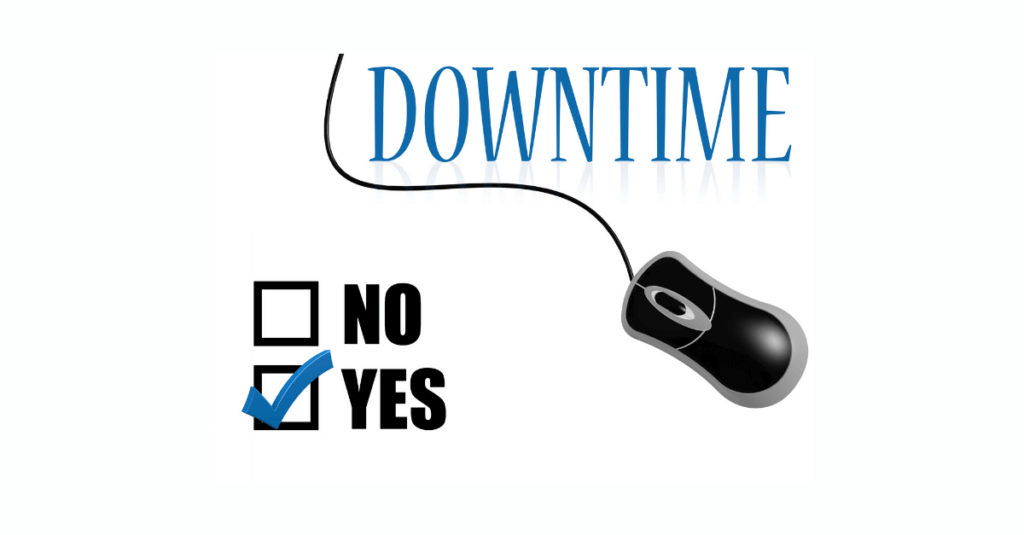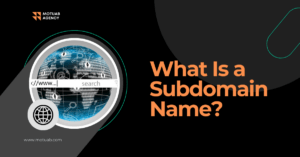Ever tried to visit a website and found it unreachable? Frustrating, isn’t it? Now, imagine that website is your own business. Website downtime isn’t just an inconvenience. It’s a silent thief stealing from your pocket.
In today’s digital world, your website is your storefront. It’s open day and night, welcoming customers from all over. When it goes dark, your doors are closed. The losses aren’t just about missed sales in that moment. They ripple outward, affecting trust, reputation, and future earnings.
Dollars Draining Away
When your site is down, sales halt. Customers can’t buy what they can’t access. For online stores, every minute offline means money lost. Even service businesses feel the pinch. Potential clients may look elsewhere, taking their wallets with them.
Picture this: Your site earns $1,000 an hour. An hour of downtime costs you exactly that. Over a year, those occasional outages stack up. That’s revenue gone forever. It’s not just immediate sales. Subscriptions lapse, renewals don’t happen, and leads vanish.
Payment hiccups add to the mess. Customers trying to buy might face errors. They could get charged without confirmation. Sorting out these issues eats up time and damages relationships.
Trust Takes a Hit
First impressions stick. New visitors finding your site offline might never return. Existing customers start to doubt. Reliability breeds trust. Downtime shatters it.
We live in an age of instant gratification. People expect websites to work flawlessly, all the time. A site that’s often down seems unprofessional. It whispers that you can’t be relied upon.
Negative experiences spread fast. Unhappy customers share their woes on social media. Bad reviews pop up. The damage to your brand can be profound.
SEO and Search Rankings Suffer
Search engines keep tabs on your site’s health. Google’s bots visit regularly. If they can’t reach your site, your ranking drops. Lower rankings mean fewer eyes on your business. Less traffic leads to fewer customers.
Consistent downtime sends red flags. Search engines aim to serve users the best results. An inaccessible site doesn’t make the cut. Climbing back up the rankings takes effort and time.
You might pour money into SEO to recover. That’s an extra cost stemming from downtime. It’s a hit to both visibility and your budget.
Operational Chaos Ensues
Downtime doesn’t just irk customers. It throws a wrench into your operations. Support teams get flooded with complaints. Tech staff scramble to identify issues. Ongoing projects stall as everyone shifts focus.
Stress levels soar. Employees feel the heat to fix problems fast. Morale dips when crises become frequent. Productivity across the board takes a hit.
Emergency fixes aren’t cheap. Overtime pay, expedited services, and quick patches add up. Resources divert from growth to merely keeping afloat.
Hidden Costs Multiply
Some costs hide beneath the surface. Damage control sucks up resources. You might need to invest in stronger infrastructure. If you have contracts promising uptime, legal troubles may loom.
Service Level Agreements (SLAs) often include penalties for downtime. Breaching them can lead to fines or lost contracts. The financial and reputational costs can be steep.
Rebuilding trust isn’t easy. Marketing campaigns to repair your image require time and money. The longer the downtime, the harder the road back.
Emotional Toll on Stakeholders
Downtime strains more than finances. Business owners lose sleep over potential losses. Employees face burnout from constant firefighting. Customers feel let down and annoyed.
This stress impacts decision-making. Rash choices made under pressure can worsen situations. Keeping a clear head becomes a challenge.
Relationships with partners and investors may suffer. Confidence wanes when a business can’t keep its virtual doors open.
Competitive Disadvantage
While your site sleeps, competitors stay awake. Customers seeking your products won’t wait around. They click over to alternatives, and you lose market share.
Winning back customers is tough. Loyalty wavers when convenience is disrupted. Staying competitive means being consistently accessible.
Your downtime becomes their opportunity. Competitors might even use your unreliability in their marketing. It’s a battle on multiple fronts.
Calculating the True Cost
Tallying up the losses isn’t straightforward. Direct revenue loss is just the start. Factor in the lifetime value of lost customers. Consider the cost of staff time spent on fixes instead of growth.
Opportunity costs loom large. Projects delayed, partnerships strained, and market momentum lost—all because your site went dark.
Legal fees, marketing expenses to rebuild trust, and investments in new infrastructure pile on. The total cost often exceeds initial estimates.
Investing in Uptime Solutions
Prevention beats cure every time. Investing in reliable hosting pays dividends. Quality servers, redundant systems, and regular maintenance keep things running smoothly.
Monitoring tools alert you to issues before they escalate. Quick responses minimize downtime duration. Think of it as a security system for your digital storefront.
Staff training is crucial. A knowledgeable team spots potential problems early. They handle crises efficiently, reducing impact.
Final Thoughts
Website downtime carries hefty costs. Some are visible, like lost sales. Others, like damaged reputation and strained relationships, lurk beneath the surface.
In our connected world, uptime isn’t optional. Customers demand it. Search engines reward it. Your business thrives on it.
Don’t wait for a crisis to act. Invest in prevention. Strengthen your digital foundation. Safeguard not just your website, but your brand and your future.
Your website is more than code and content. It’s the heartbeat of your business. Keep it strong, keep it steady, and it will keep rewarding you.



